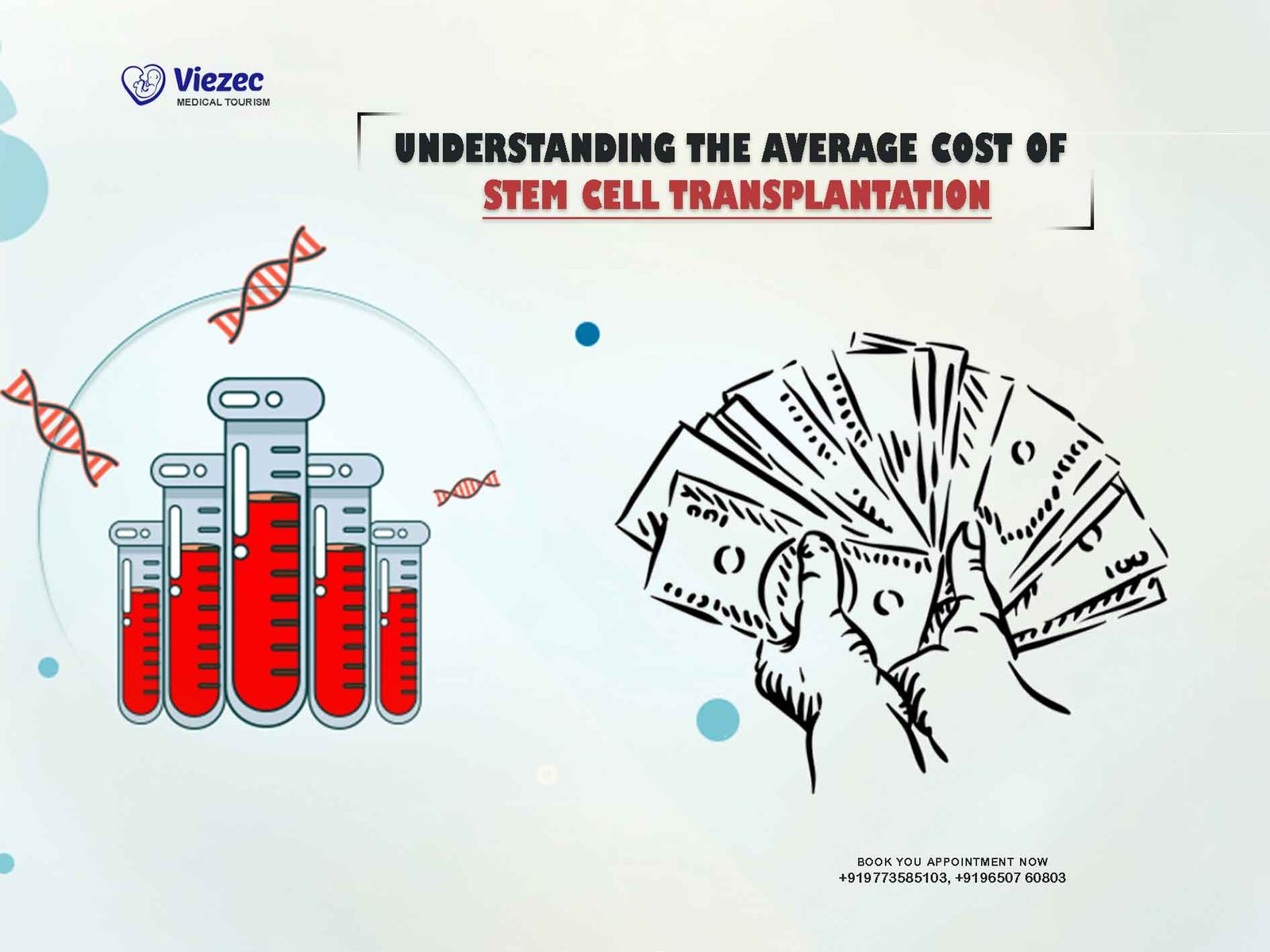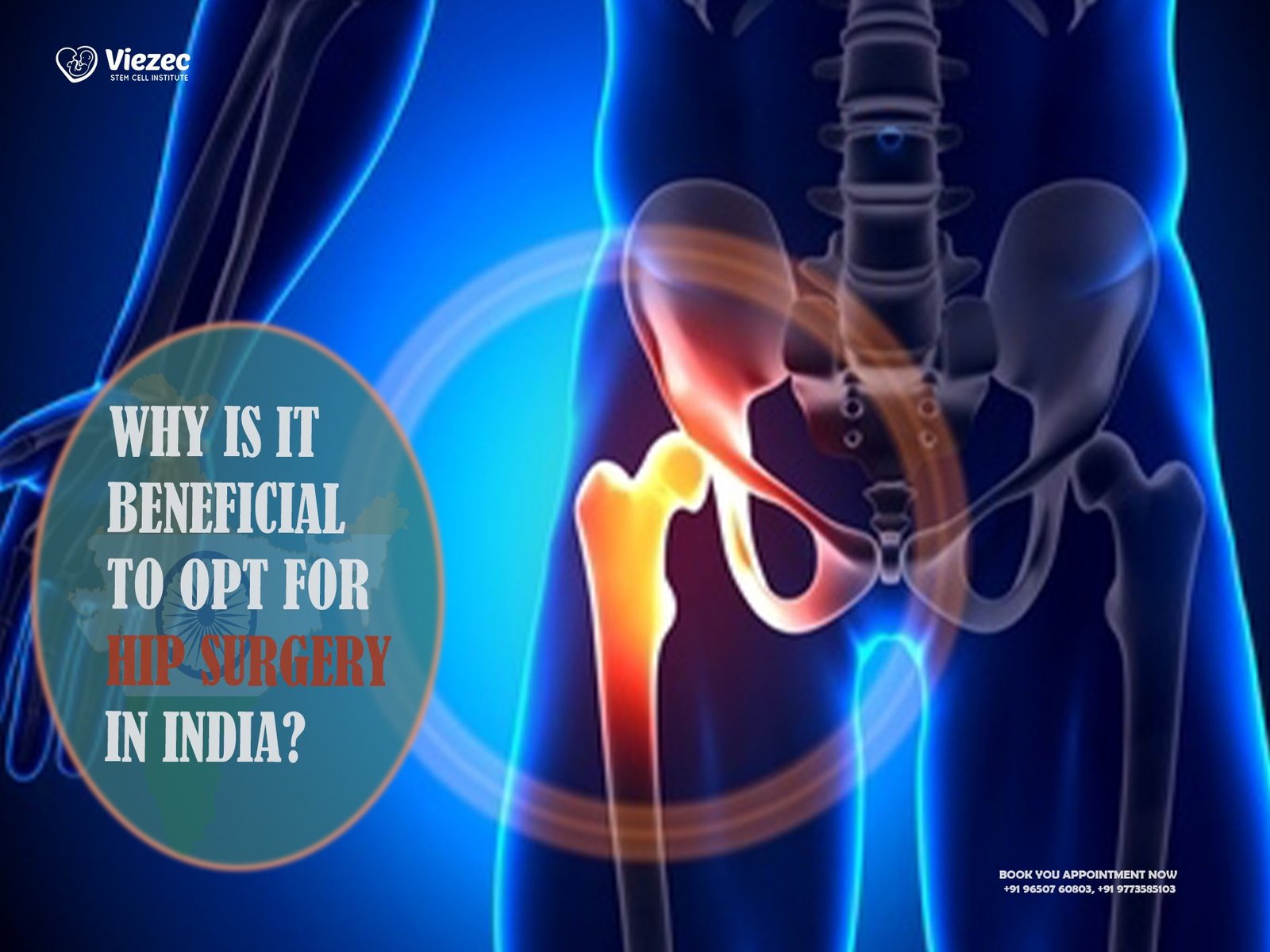Stem cell transplantation, also known as hematopoietic stem cell transplantation (HSCT), is a complex medical procedure used to treat a variety of conditions, including certain cancers, autoimmune diseases, and genetic disorders. While it offers hope for patients facing these conditions, it also comes with a significant financial burden. Understanding the average cost of stem cell transplantation is crucial for patients, their families, and healthcare providers alike. We will delve into the intricacies of stem cell transplantation costs, factors influencing them, and strategies for managing expenses.
What is Stem Cell Transplantation?
Before delving into the costs associated with stem cell transplantation, it’s essential to understand the procedure itself. Stem cell transplantation involves the infusion of healthy stem cells into a patient’s body to replace damaged or diseased cells. These stem cells can be sourced from the patient (autologous transplantation), a compatible donor (allogeneic transplantation), or umbilical cord blood (cord blood transplantation).
Types of Stem Cell Transplantation:
- Autologous Transplantation: In autologous transplantation, the patient’s own stem cells are collected and stored before undergoing high-dose chemotherapy or radiation therapy. Once the treatment is completed, the stem cells are reintroduced into the patient’s body to replenish the damaged cells.
- Allogeneic Transplantation: Allogeneic transplantation involves using stem cells from a genetically matched donor, typically a sibling or unrelated donor. This procedure carries a higher risk of complications, including graft-versus-host disease (GVHD), where the donor cells attack the recipient’s body.
- Umbilical Cord Blood Transplantation: Umbilical cord blood, rich in stem cells, can also be used for transplantation. Cord blood transplantation is often utilized when a suitable donor match cannot be found, although it may pose certain limitations, such as lower cell counts.
Factors Influencing the Cost of Stem Cell Transplantation:
The cost of stem cell transplantation can vary significantly depending on several factors. Understanding these factors is crucial for estimating expenses and planning for the procedure. Here are some key determinants of transplantation costs:
1. Type of Transplantation:
The type of stem cell transplantation—autologous, allogeneic, or umbilical cord blood—plays a significant role in determining costs. Allogeneic transplantation, particularly when an unrelated donor is involved, tends to be more expensive due to additional factors such as donor matching, compatibility testing, and the risk of complications like GVHD.
2. Pre-Transplantation Procedures:
Before the actual transplantation takes place, patients undergo a series of pre-transplantation procedures, including comprehensive medical evaluations, imaging tests, and tissue typing. These evaluations help assess the patient’s overall health status and determine their eligibility for transplantation. The costs associated with these pre-transplantation procedures contribute to the overall expense of the treatment.
3. Hospitalization and Inpatient Care:
Stem cell transplantation often requires a prolonged hospital stay, especially during the initial phase of treatment when patients undergo conditioning therapy (chemotherapy or radiation) and transplantation. The costs of hospitalization, including room charges, nursing care, medications, and supportive therapies, can escalate quickly, particularly in specialized transplant units equipped to handle the complexities of the procedure.
4. Post-Transplantation Care:
The period following stem cell transplantation is critical, as patients require close monitoring and supportive care to manage potential complications and promote recovery. Post-transplantation care may include medications to prevent infections and GVHD, blood transfusions, nutritional support, and psychological counseling. The duration and intensity of post-transplantation care can vary depending on individual patient factors and the development of any complications.
5. Management of Complications:
Complications are not uncommon following stem cell transplantation and may include infections, organ dysfunction, GVHD, and relapse of the underlying disease. The management of these complications adds to the overall cost of transplantation, as it often involves additional medical interventions, diagnostic tests, and prolonged hospitalization or outpatient care.
6. Geographic Location:
The cost of healthcare services, including stem cell transplantation, can vary significantly depending on the geographic location. Factors such as regional healthcare infrastructure, availability of specialized transplant centers, labor costs, and local market dynamics can influence the overall cost of the procedure.
Estimating the Average Cost:
While it’s challenging to provide an exact figure for the average cost of stem cell transplantation due to the variability mentioned above, studies and healthcare organizations have attempted to estimate these expenses.
It’s important to note that these figures represent overall costs and may not include additional expenses such as pre-transplantation evaluations, post-transplantation care, management of complications, and supportive therapies. Moreover, these estimates may vary based on individual patient factors, the complexity of the procedure, and the specific healthcare institution where the transplantation is performed.
Strategies for Managing Transplantation Costs:
Given the significant financial implications of stem cell transplantation, patients and their families often face challenges in managing these expenses. However, there are strategies and resources available to help alleviate the financial burden:
1. Health Insurance Coverage:
Understanding the extent of health insurance coverage is crucial before undergoing stem cell transplantation. Many insurance plans provide coverage for transplantation procedures, including pre-transplantation evaluations, hospitalization, and post-transplantation care. Patients should carefully review their insurance policies, including coverage limitations, deductibles, co-payments, and out-of-pocket expenses.
2. Financial Assistance Programs:
Several financial assistance programs and resources are available to help patients offset the costs of stem cell transplantation. These may include grants, scholarships, charitable foundations, and government-sponsored healthcare programs. Patients should explore these options and seek assistance from social workers, patient advocacy organizations, and financial counselors to navigate the complex landscape of financial assistance.
3. Clinical Trials and Research Studies:
Participation in clinical trials and research studies may provide access to cutting-edge treatments and therapies at reduced or no cost to the patient. Clinical trials investigating novel approaches to stem cell transplantation may offer opportunities for eligible patients to receive comprehensive care while contributing to scientific advancements in the field.
4. Negotiating Payment Plans:
Patients facing financial difficulties should not hesitate to communicate with healthcare providers and institutions regarding payment options and financial assistance. Many hospitals and transplant centers offer flexible payment plans, discounts for self-pay patients, and financial counseling services to help individuals manage their healthcare expenses effectively.
5. Seeking Second Opinions:
Obtaining second opinions from transplant specialists and healthcare professionals can help patients make informed decisions about their treatment options and associated costs. A thorough evaluation of alternative treatment approaches, including the potential benefits and risks, can empower patients to choose the most cost-effective and clinically appropriate course of action.
Stem cell transplantation represents a life-saving treatment option for many patients facing serious illnesses and conditions. However, the financial burden associated with transplantation can be daunting. Understanding the average cost of stem cell transplantation and the factors influencing these expenses is essential for patients, families, and healthcare providers alike. By exploring strategies for managing transplantation costs and accessing available resources, patients can navigate the financial challenges more effectively while focusing on their journey.









